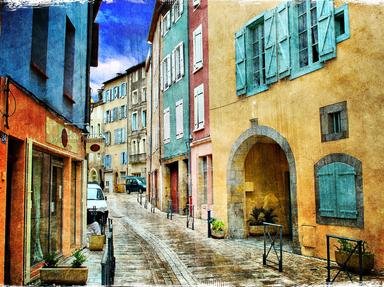Quiz Answer Key and Fun Facts
1. Created by Ivan Mestrovic, this is an example of a work from the Vienna Secession art movement. What is it called?
2. Which artist of the High Renaissance created "Rebellious Slave"?
3. Called "The Lion and The Unicorn", these Baroque statues sit besides the front entrance to which building?
4. "The Kiss", a Neo-Baroque statue by Rodin, supposedly depicts who?
5. Who designed the Neo-classical Statue of Liberty?
6. What is the name of this Hellenic statue, shown here from the back?
7. From which country was the Art Nouveau artist Camille Claudel?
8. What Russian artist whose work is a combination of Art Nouveau and Neo-classicism, created this artwork?
9. Mount Rushmore was carved from granite by Realist sculptor Gutzon Borglum.
10. This Jomon Statue is an old casting from ancient Egypt.
Source: Author
dcpddc478
This quiz was reviewed by FunTrivia editor
looney_tunes before going online.
Any errors found in FunTrivia content are routinely corrected through our feedback system.

